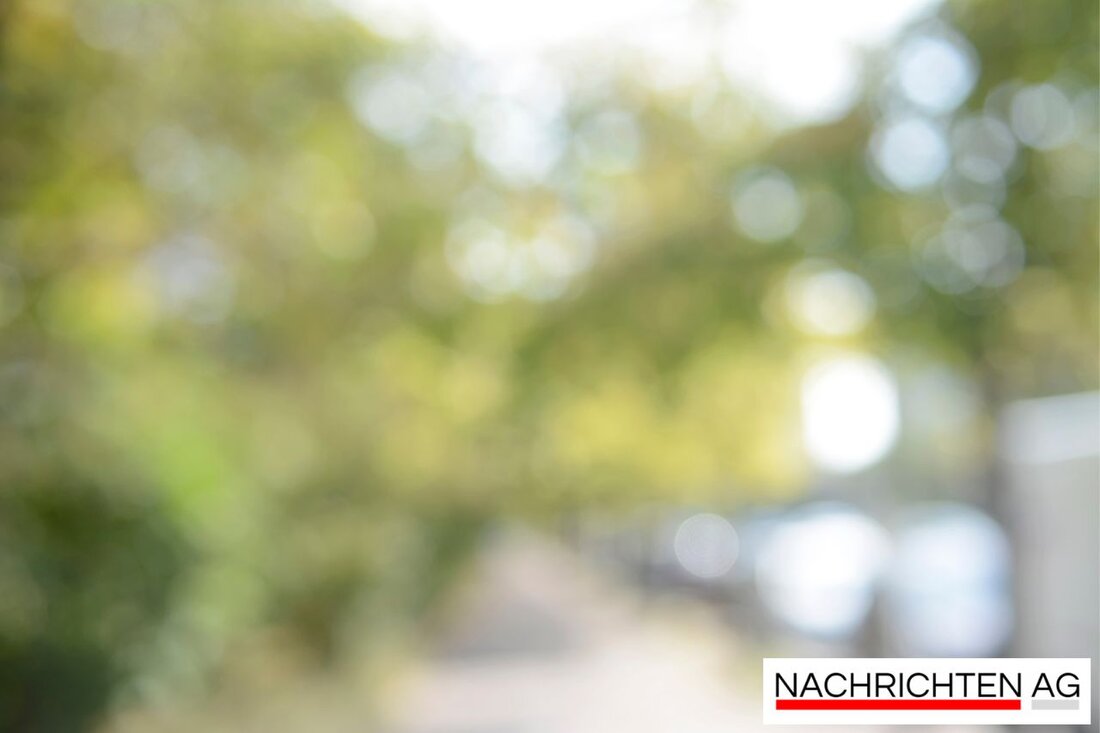Sun protection test: Disease these brands - danger from plasticizers!
Sun protection test: Disease these brands - danger from plasticizers!
Deutschland - The current test results for sunscreen show how important choosing the right product is. Öko-Test examined 26 sunscreen with a high sun protection factor (LSF) and found worrying results. Two products received the overall grade "poor". The Rossmann "Alterra Sonnenrame Bio-Sonnenblume, 50" was particularly negative, which did not even reach the specified SPS 20 in the laboratory test. The testers criticized the sun protection factor as "unacceptable" and warned of inadequate protection against UV radiation. Furthermore, the "Dulgon Sonnenlotion, LSF 50" by Mann & Schröder did poorly, since it contained high concentrations of the forbidden plasticizer DI-N-Hexylphthalat (DNHEXP), which is considered to be damaging to reproduction and has been banned in cosmetic means since 2019. These findings underpin the urgency of conscious handling of sunscreen.
The winners in the test, however, were gratifying. The "Sun d’Or Sonnenmilch, 50" (Edeka, Budni) and the "Sundance Sonnenmilch, 50" (DM) both made it to an overall grade of "very good". A total of twelve other products received the grade "good". The testers emphasized that many products did not fully maintain their sun protection promises, since eleven out of 26 tested products missed the promised values. Deviction was carried out in particular when using chemical UV filters, such as octocrylas, which is considered to be hormonally effective and can release the carcinogenic benzophenon. This information is particularly important when you consider that UV radiation remains the main cause of skin cancer.
dangerous ingredients and their effects
A separate investigation from eco-test to phthalates in sunscreen, which included 18 products with a light protection filter of 30, confirmed the results of the first study. These tests led to the recording of chemical and mineral UV filters, but without an assessment of their health effects. The laboratory also found the forbidden plasticizer DNHEXP, which led to a devaluation of these products. The study showed that the devaluation limits are not based on legal limit values, but on criteria defined by ÖKO-Test. This illustrates how critically the composition of sunscreen is.
In addition, experts warn of certain chemical UV filters. Octocrylas, for example, which is used in many sun protection products, is suspected of having hormone -like effects and negatively influencing the environment. There are also concerns about the security of homosalate and ethylhexyl methodhoxycinnamate, which could lead to damage to organs such as liver, kidneys and thyroid. These findings are important because they increase the transparency about the potential risks when using sunscreen and encourage consumers to make better decisions.
good tips for effective sun protection
Finally, experts provide important advice for sun protection. It is advisable to apply sunscreen generously and to add them every two hours, especially after swimming or sweating. In addition, intensive midday sun should be avoided, and babies and toddlers should not be exposed to direct sunlight. Protective clothing and a sun hat are also recommended. Also in the shade and with cloudy sky, use of sunscreen is necessary to ensure the best protection.
In view of the considerable health risks associated with UV radiation and problematic ingredients in sunscreen, it is crucial to make informed decisions. The test results of Öko-Test provide valuable information that consumers can use to select the right products for their protection.| Details | |
|---|---|
| Ort | Deutschland |
| Quellen | |


Kommentare (0)